Actualizaciones automáticas
renovación en 1 año para $ 49 .00
Si no sabes cómo mejorar tus fotos antiguas, Luminar Neo es la respuesta. Su interfaz fácil de usar te guía durante todo el proceso y te permite retocarlas con rapidez.
Luminar Neo combina algoritmos avanzados de IA con control creativo, ayudándote a lograr resultados de restauración profesionales sin complicaciones. Ya sea que tus fotos estén rasgadas, descoloridas o dañadas, Luminar Neo lo maneja todo con facilidad.
Gracias a su tecnología de restauración con IA, Luminar Neo analiza cada píxel y da vida a tus recuerdos con resultados naturales. Restaura imágenes antiguas reconstruyendo de forma automática los detalles y texturas faltantes con una precisión impecable.
ver los planesEn lo que respecta al color, Luminar Neo recupera de manera inteligente los tonos deslavados y realza los matices para mejorar las fotos antiguas sin alterar su aspecto original. Su potente sistema de mapeo de color con IA restaura la calidez, los tonos de piel y el contraste natural con precisión.
En lo que respecta al color, Luminar Neo recupera de manera inteligente los tonos deslavados y realza los matices para mejorar las fotos antiguas sin alterar su aspecto original. Su potente sistema de mapeo de color con IA restaura la calidez, los tonos de piel y el contraste natural con precisión.
Lleva tu edición al siguiente nivel con las herramientas de edición potenciadas por IA de Luminar Neo.

Revive fotos antiguas
NUEVO
Añade iluminación dimensional
NUEVO
Mejora en segundos

Elimina distracciones

Reemplaza cielos al instante

Reemplaza objetos sin interrupciones

Afila cada detalle

Revela los detalles ocultos

Refina cada píxel

Mejora en segundos

Revela los detalles ocultos

Aumenta el contraste

Corrige la composición

Refina cada píxel

Mejora los colores

Esculpe la luz y la sombra

Reemplaza cielos al instante

Recrea la hora dorada

Añade niebla realista

Elimina la neblina

Ilumina con rayos de luz

Intensifica los tonos del atardecer

Texturas de agua perfectas

Elimina distracciones

Expande tu escena

Reemplaza objetos sin interrupciones

Revive fotos antiguas
NUEVO
Afila cada detalle

Reduce el ruido con precisión

Amplía sin pérdida de calidad

Añade iluminación dimensional
NUEVO
Agrega profundidad luminosa

Gradúa el color con facilidad

Ilumina con neón

Añade textura cinematográfica

Superpone efectos creativos

Suaviza la piel de forma natural

Mejora los rasgos faciales

Esculpe las proporciones del cuerpo

Desenfoca los fondos con belleza

Añade iluminación de estudio

Reemplaza fondos fácilmente

Ilumina con estilo

Combina múltiples exposiciones

Une amplios panoramas

Apila tomas enfocadas
Tu descuento especial del 10% expira en 15:00
$ 119
$ 417 .00
Pago único
Escritorio para Windows/macOS
Aplicación móvil para iOS/Android/ChromeOS
Acceso a la Biblioteca Creativa
100 complementos creativos
Videocurso de Luminar Neo
La guía de inicio rápido de Luminar Neo
Regalo
Incluye un año de actualizaciones ilimitadas
El más popular
$ 159
$ 477 .00
Pago único
Escritorio para Windows/macOS
Aplicación móvil para iOS/Android/ChromeOS
Acceso a la Biblioteca Creativa
100 complementos creativos
Videocurso de Luminar Neo
La guía de inicio rápido de Luminar Neo
Regalo
Incluye un año de actualizaciones ilimitadas
$ 179
$ 546 .00
Pago único
Escritorio para Windows/macOS
Aplicación móvil para iOS/Android/ChromeOS
Acceso a la Biblioteca Creativa
100 complementos creativos
Videocurso de Luminar Neo
La guía de inicio rápido de Luminar Neo
Regalo
Incluye un año de actualizaciones ilimitadas
Servicio de soporte fiable, validado por nuestros usuarios
Asistencia técnica
Tasa de satisfacción 9/10
4,7 en Trustpilot
Tu descuento extra del 10% te está esperando — copia el código a continuación y aplícalo al pagar, ¡pero date prisa, expira en solo 15 minutos!
15:00



Versión de escritorio para Windows/MacOS y acceso completo a todas las herramientas generativas durante un año.
100 complementos creativos
Videocurso de Luminar Neo

Versión de escritorio para Windows/MacOS y acceso completo a todas las herramientas generativas durante un año.
Aplicación móvil para iOS/Android/ChromeOS
100 complementos creativos
Videocurso de Luminar Neo

Versión de escritorio para Windows/MacOS y acceso completo a todas las herramientas generativas durante un año.
Aplicación móvil para iOS/Android/ChromeOS
100 complementos creativos
Videocurso de Luminar Neo
100 complementos creativos
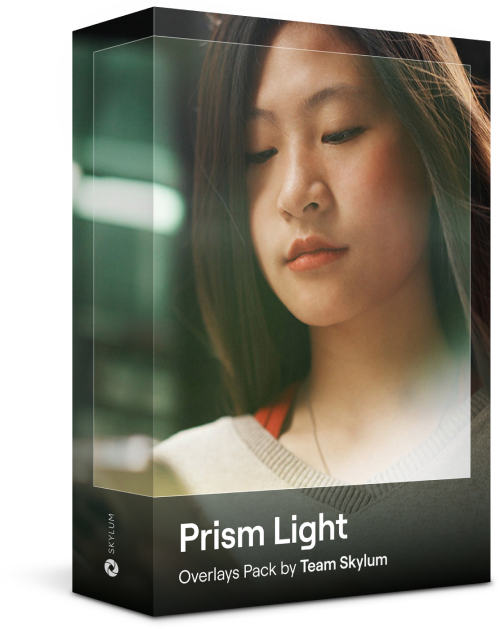

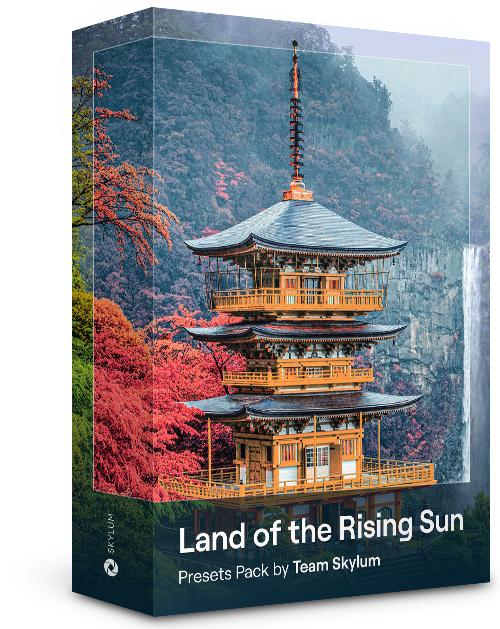
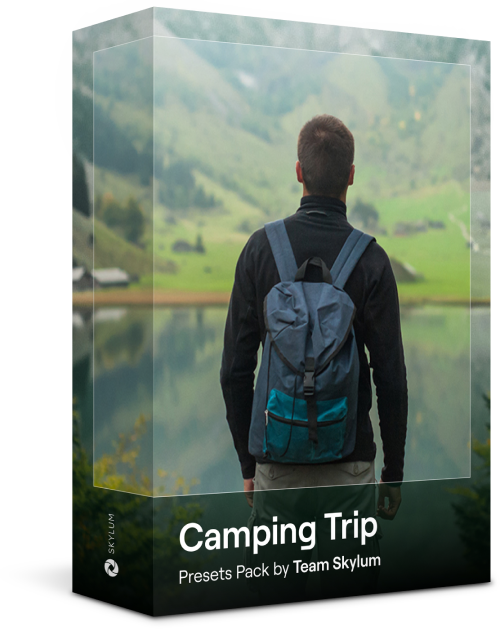
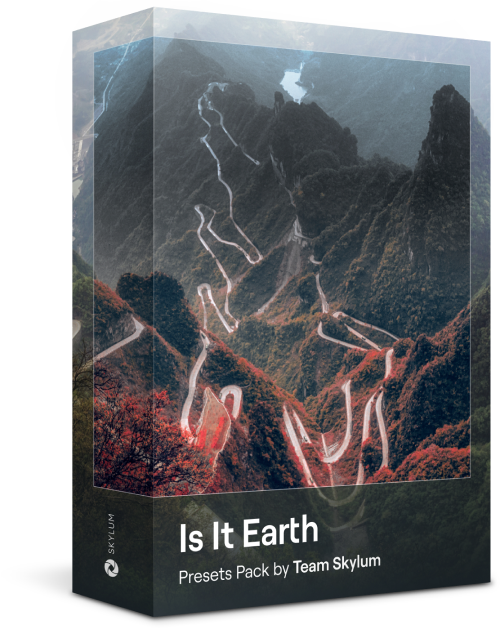
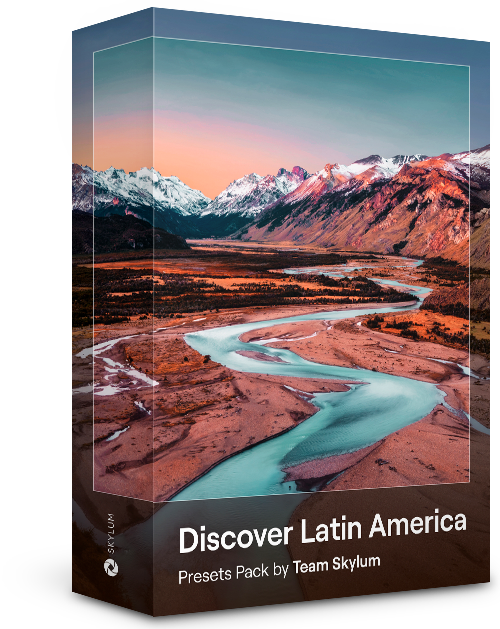
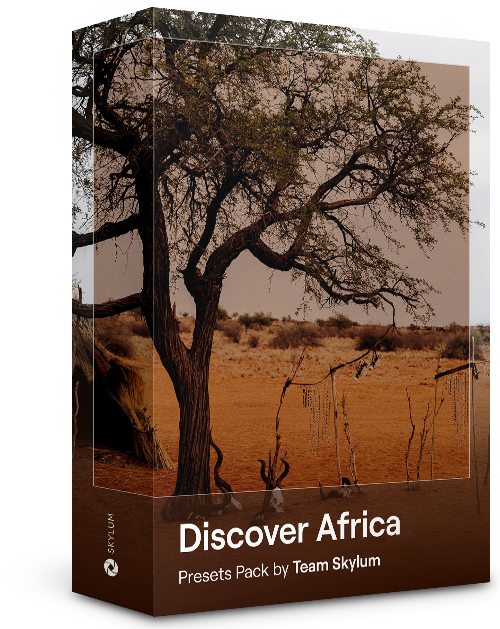
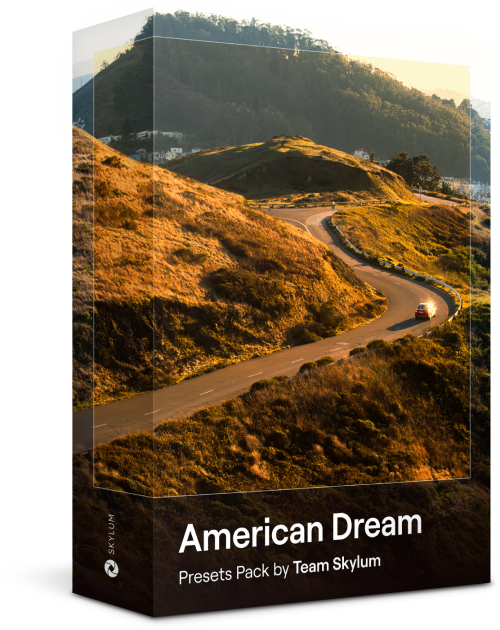

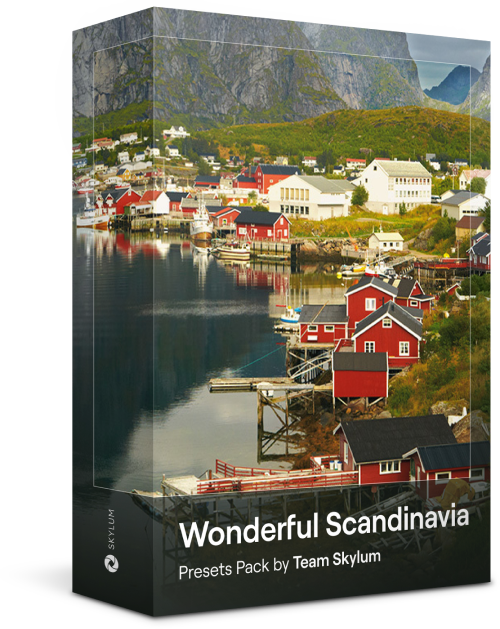
Crea imágenes atmosféricas con estas 10 Superposiciones en formato JPEG que contienen luces brillantes y bengalas en varios colores. Asegúrate de usarlas con las herramientas Capas o Eliminación del fondo de retrato de Luminar Neo, y experimenta con tus fotos en cualquier género. Puedes agregar un efecto de luz interesante o hacer que el sujeto se destaque de nuevas maneras, todo con solo unos pocos clics. ¡Es hora de probarlo!
¿Quieres darle un toque especial a tus fotos? Descubre estas 10 Superposiciones Experimentales en formato JPEG que puedes usar fácilmente con la función de Capas de Luminar Neo para elevar el impacto visual de cualquier fotografía. Elige entre 10 efectos hipnóticos de diferentes colores y formas, y crea un ambiente único con unos pocos clics. Ya sean tonos rosados o círculos dorados, en este kit encontrarás la Superposición perfecta para tu próxima obra maestra.
Mejora la apariencia de tus fotos durante un viaje a Japón o aplica a tus imágenes una sensación atmosférica que recuerde al estilo japonés. Desde paisajes hasta lugares icónicos y fotos de comida, ¡este paquete es increíblemente versátil!
Diseñados para realzar al máximo tus fotos de acampada y senderismo, estos 10 Ajustes preestablecidos son ideales para dar a tus fotos al aire libre un aspecto natural y vibrante. Tanto si estás fotografiando montañas majestuosas como hogueras acogedoras, podrás enfatizar lo mejor de tus imágenes con un solo clic.
¿Seguimos en la Tierra o hemos viajado a otro planeta? Esta extraordinaria colección de 10 Ajustes preestablecidos ha sido diseñada para dar a tus paisajes un aspecto etéreo sacado de otro mundo. Transforma paisajes ordinarios en escenas surrealistas con colores vívidos que captarán de inmediato la atención del espectador.
Experimenta con cada uno de estos 10 Ajustes preestablecidos y añádelos a las fotos de tus viajes por Latinoamérica. Captura la belleza de esta parte del mundo y añade un toque distintivo a tus imágenes con esta manejable colección ideal para la edición de paisajes.
Dedicado al maravilloso continente africano, este paquete incluye una variedad de Ajustes preestablecidos, tanto para retratos como para fotos de paisajes. Mejora tus instantáneas de monumentos, tus fotos de safaris, tus fotografías de arquitectura y los retratos de aquellas personas que encuentres en tus viajes por África.
Crea fotos fantásticas de tus viajes por los Estados Unidos. Mejora la calidad de tus imágenes de lugares emblemáticos, parques nacionales y paisajes urbanos de ciudades famosas. Consigue una variedad de efectos espectaculares aplicando cualquiera de estos 10 Ajustes preestablecidos con solo unos clics.
Esta cautivadora colección de 10 Ajustes preestablecidos está diseñada para resaltar la belleza misteriosa de los paisajes, la arquitectura, el estilo callejero y la naturaleza del Medio Oriente. Tonos cálidos, amarillos profundos, azules y dorados dominan en esta colección, donde encontrarás el Ajuste preestablecido perfecto para cada una de tus fotografías.
Descubre esta maravillosa y versátil colección de 10 Ajustes Preestablecidos ideales para editar las fotos de tus aventuras por los países nórdicos. Captura paisajes idílicos, maravillas naturales y obras arquitectónicas de estilo escandinavo. ¡Hora de hacer las maletas!
Curso de vídeo de Luminar Neo
Técnicas creativas de edición de fotos en Luminar Neo

Introducción y esquema del curso
Albert Dros se presenta y da una breve descripción de lo que aprenderás en esta fotografía y...
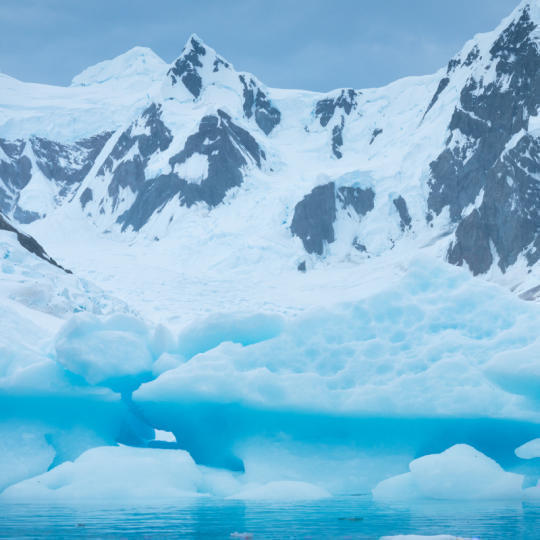
Introducción a la fotografía
¿En qué debes enfocarte al tomar tus fotos para obtener los mejores resultados?
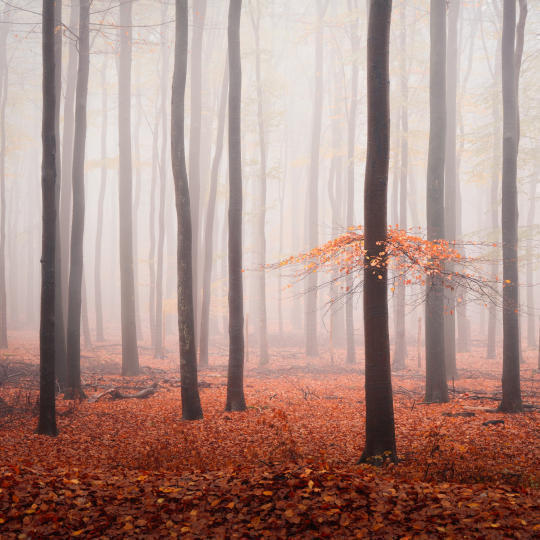
Edición básica
Albert presenta el diseño de Luminar Neo y los instrumentos básicos que puedes usar para lograr excelentes resultados al instante.
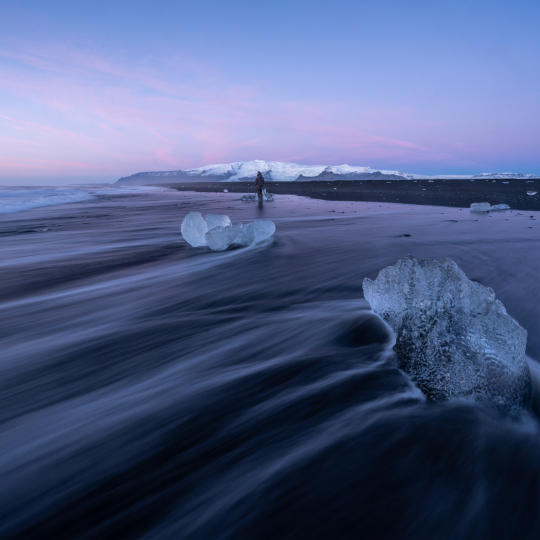
Edición avanzada
Profundizando, Albert te muestra las herramientas más avanzadas de Luminar Neo y cómo usarlas para que tus fotos se destaquen.
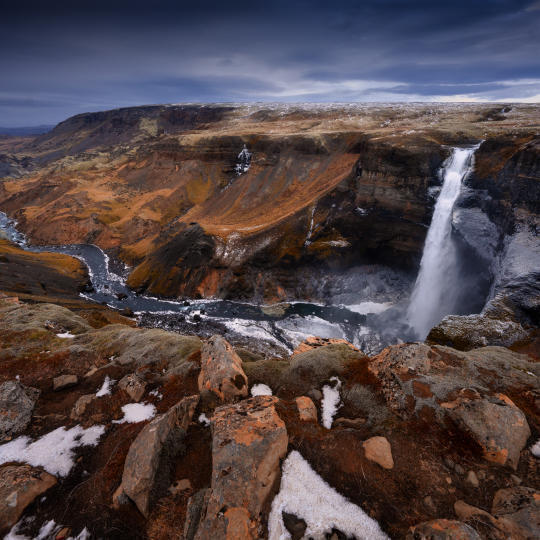
Edición dramática
¡Sé creativo con tus fotos! Albert edita una foto con más herramientas creativas para resaltar sus aspectos dramáticos y darle nueva vida.
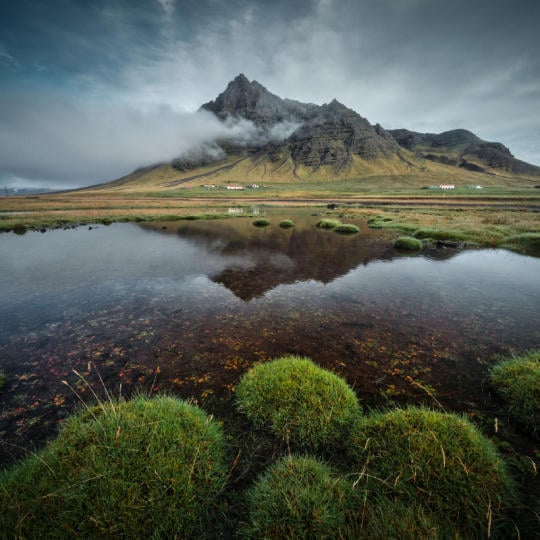
Apilamiento de enfoque
Luminar Neo tiene extensiones que te permiten obtener resultados aún más impresionantes. En este video, descubrirás cómo hacer apilamiento de enfoque con la extensión Apilamiento de enfoque de Luminar Neo.
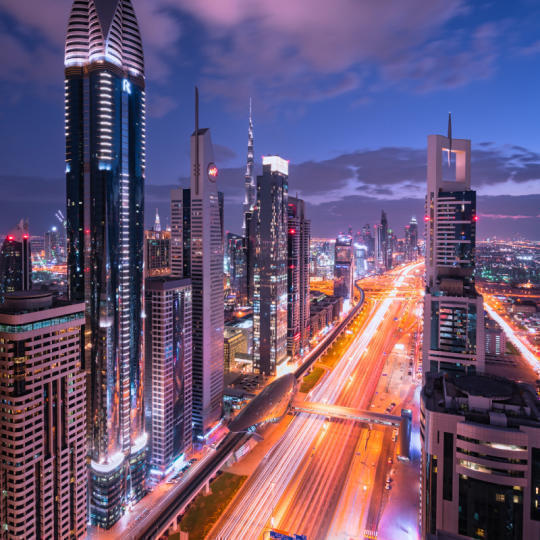
Paisajes urbanos
¿Qué hace o arruina una toma de paisaje urbano? Echa un vistazo a cómo transformar una foto de Dubai de ordinaria a impresionante.
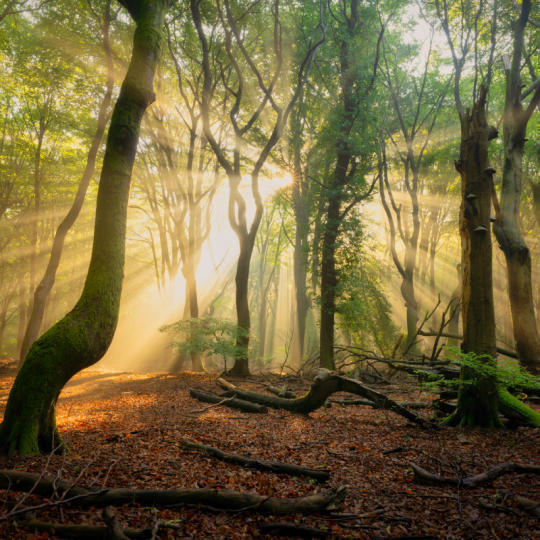
Bosques
Descubre qué herramientas de Luminar Neo utiliza Albert para hacer sus impresionantes fotografías de bosques. ¡Observa Atmósfera AI, Rayos de sol y otras herramientas!
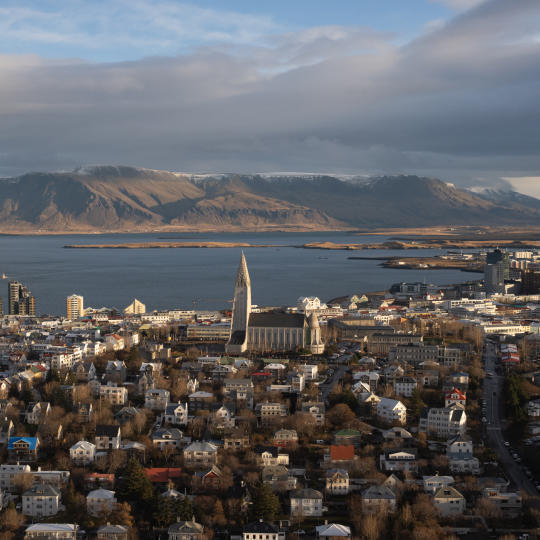
Ajustes preestablecidos
Aprende a usar Ajustes preestablecidos para obtener rápidamente soluciones de color interesantes en tus fotos. Albert te guía a través del uso de Ajustes preestablecidos para hacer unas fotos del bosque aún más hermosas.
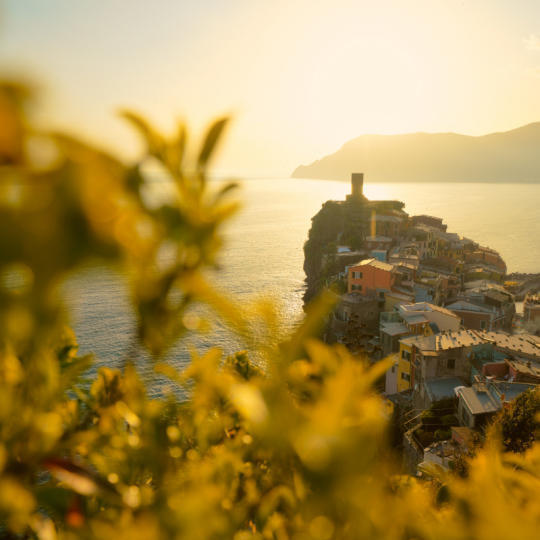
Resumen del curso
Obtén un resumen rápido de todo lo que has aprendido en este curso. ¡Feliz creación!
Albert Dros
FOTÓGRAFO, ESCRITOR Y EDUCADOR
Albert Dros es un fotógrafo de paisajes holandés que tiene una pasión extraordinaria por planificar y crear tomas únicas. Volcanes, eclipses solares y aspectos únicos de la naturaleza llaman su atención. Él no va solo por la toma simple.
"Go big or go home" is his motto, always trying to add some unique element to his shots.
Su trabajo ha sido reconocido a nivel mundial y sus obras han aparecido en los medios más importantes del mundo.
Albert viaja por todo el mundo, impartiendo clases de fotografía y desarrollando proyectos personales. No obstante, incluso cuando se toma un descanso en su país natal, Países Bajos, no puede dejar de fotografiar. Su mente creativa es insaciable.
¿Qué puedo hacer con mis fotos antiguas dañadas?
Depende de ti. Puedes digitalizarlas y preservarlas, restaurarlas con un software de edición como Luminar Neo, crear un álbum de fotos o collage, ¡e incluso usarlas para un proyecto artístico!
¿Cómo puedo corregir mis fotos descoloridas?
Utiliza un restaurador de fotos como Luminar Neo o cualquier otro software que ofrezca herramientas con distintos ajustes para recuperar el color original. Ajusta los niveles y las curvas, corrige el balance de color, mejora la saturación y la vivacidad, y aplica otros retoques según el estado y el contenido de tu imagen.
¿Qué herramientas funcionan bien para conseguir que mis fotos antiguas luzcan como nuevas?
Todo depende del estado y de cómo de dañadas estén tus fotos antiguas. Algunas imágenes solo están descoloridas y necesitan mejoras en el color, mientras que otras están dañadas: rasgadas o manchadas con tinta. Puedes utilizar una amplia gama de herramientas y funciones para reparar, restaurar y mejorar la calidad y apariencia general de las fotos antiguas, como pincel, borrar, clonar y estampar, ajuste de niveles, ajuste de curvas y corrección de color.
¿Cómo puedo restaurar mis fotos antiguas con Luminar Neo?
Luminar Neo es un excelente software de edición que te permite editar fotos de manera rápida y sencilla, así como a restaurar fotografías antiguas. Esta cuenta con herramientas como Mejora IA, Clonar, Borrar, Reducción de ruido, Exposición, Tono y Claridad, entre otras, que te ayudan a renovar el aspecto de tus fotografías.
¿Cómo consigue la IA restaurar fotos con defectos?
Las potentes herramientas de IA de Luminar Neo te ayudan a mejorar el aspecto de tus fotos antiguas. Por ejemplo, Mejora AI es una herramienta que analiza instantáneamente su foto y aplica hasta una docena de ajustes con un solo clic. Además, Luminar Neo cuenta con potentes Extensiones como Sin ruido AI y Supernítido AI que te permiten obtener fotos nítidas y sin ruido de la más alta calidad fácilmente.
¿Por qué Luminar Neo es el mejor software de restauración de fotos?
Luminar Neo es la mejor solución para dar una nueva vida a tus fotos antiguas gracias a su tecnología de restauración con IA, tan potente como intuitiva. No solo corrige arañazos y tonos desvaídos, sino que analiza de forma inteligente cada imagen para recuperar detalles, restaurar el color y equilibrar la luz automáticamente. Luminar Neo combina restauración con IA en un clic y ajustes manuales avanzados, brindándote un control creativo total. Además, funciona perfectamente tanto en ordenador como en dispositivos móviles para que puedas revivir y compartir tus recuerdos en cualquier momento y lugar.
Modelo de Mac
MacBook, MacBook Air, MacBook Pro, iMac, iMac Pro, Mac Pro, Mac mini, de inicios de 2010 o posteriores
Procesador
Procesador Intel® Core™ i5 8ª generación o superior
Versión SO
macOS 12.0 o superior.
RAM
Memoria RAM de 8 GB o superior (recomendamos más de 16 GB de RAM)
Espacio en el disco
10 GB de espacio libre en el disco; SSD para un mejor rendimiento
Pantalla
Tamaño 1280x768 o superior
Maquinario
PC con Windows y ratón o un dispositivo similar
Procesador
Procesador Intel® Core™ i5 8ª generación o superior, AMD Ryzen™ 5 o superior
Versión SO
Versión 10, 1909 o superior (solo SO de 64 bits)
RAM
Memoria RAM de 8 GB o superior (recomendamos más de 16 GB de RAM)
Espacio en el disco
10 GB de espacio libre en el disco; SSD para un mejor rendimiento
Pantalla
Tamaño 1280x768 o superior
Gráficos
Tarjeta Gráfica Open GL 3.3 compatible o posterior